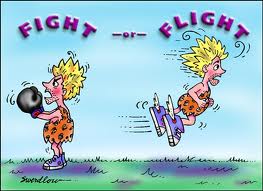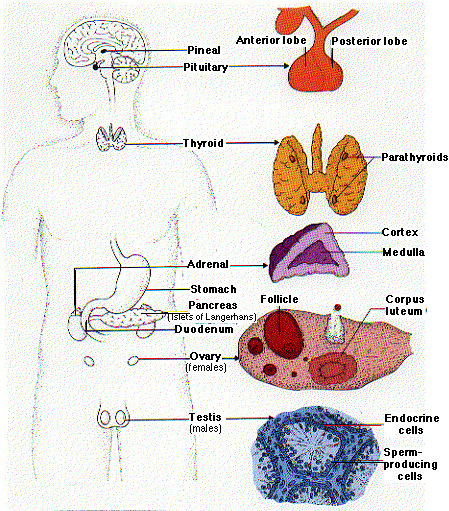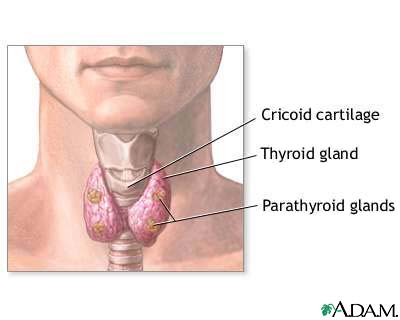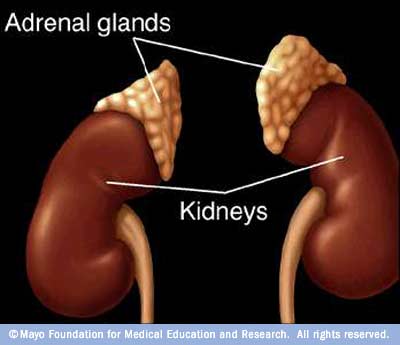Long Term Side Effects of Adrenaline Shot (Epinephrine)
Epinephrine or adrenaline is a vasoactive hormone secreted by adrenal glands under emergency or warning situations. In addition to being naturally found in the body, adrenaline can be injected in our body to treat some life-threatening allergic reactions caused by certain foods, drugs, insect bites, latex, and other causes. In simple words, adrenalines treats anaphylaxis. Side effects of adrenaline shot include an upset stomach, sweating, vomiting, dizziness, weakness, nervousness, paleness, uncontrollable shaking of his hands, and headaches. If the patient who has undergone adrenaline injection experiences difficulty breathing or rapid or irregular heartbeat, he/she may immediately consult the hormonal specialist.
DISCOVERY OF ADRENALINE
In May 1886, through a publication in the New York Medical Journal, William Bates brought to light the discovery of a substance that was produced by the adrenal glands, but it was 9 years after that when a Polish physiologist Napoleon Cybulski who was a pioneer of electroencephalography and endocrinology identified that substance as adrenaline. In 1904, for the first time in history, Friedrich Stolz, a German chemist, artificially synthesized adrenaline (epinephrine) making it suitable to be used an injection.


BENEFITS OF ADRENALINE
The epinephrine or adrenaline shot acts mainly on muscles, adipose tissue, and liver. It begins to be secreted in a matter of seconds, but its peak occurs on reaching the minutes of production. The effectiveness of adrenaline is extended from 1 to 3 minutes and has the ability to increase the body's normal metabolism up to 100 percent, a situation commonly known as adrenaline rush. Given the risk, the adrenal glands start secreting adrenaline, which relaxes the muscles of the airways to allow more air to enter the lungs and stimulate the heart to beat faster and harder. The pupils dilate to increase the ability to observe, the breathing rate increases, and digestive system slows down so that more blood goes to the muscles which tightens and raises blood pressure. Due to this reason, adrenaline shot helps in treatment of anaphylactic shock.
ALLERGIC REACTION WITH ADRENALINE SHOTS
Given the risk of a severe allergic reaction with adrenaline shots, it has been recommended to inject a minute dose of adrenaline (epinephrine) in the thigh. One should never inject adrenaline into other parts of body before doing this. The handling of adrenaline can be very risky if not done with caution because injecting epinephrine in the wrong place can cause gangrenes.
OTHER SIDE EFFECTS OF ADRENALINE OR EPINEPHRINE SHOTS
- A sudden raise in blood glucose levels and blood pressure.
- Dental epinephrine shots can cause systemic toxicity or tissue necrosis.
- Excessive or long-term epinephrine shots can induce pulmonary edema and arrhythmia.
- Another severe and extreme side effect of adrenaline is cerebral hemorrhage.
As there are side effects or risks of any treatment or procedure, same is the case with adrenaline injections. Following the advice and proper precautions given by a specialist, testing for allergy before injecting adrenaline, etc. are some things which are needed to be considered before getting an adrenaline shot.












